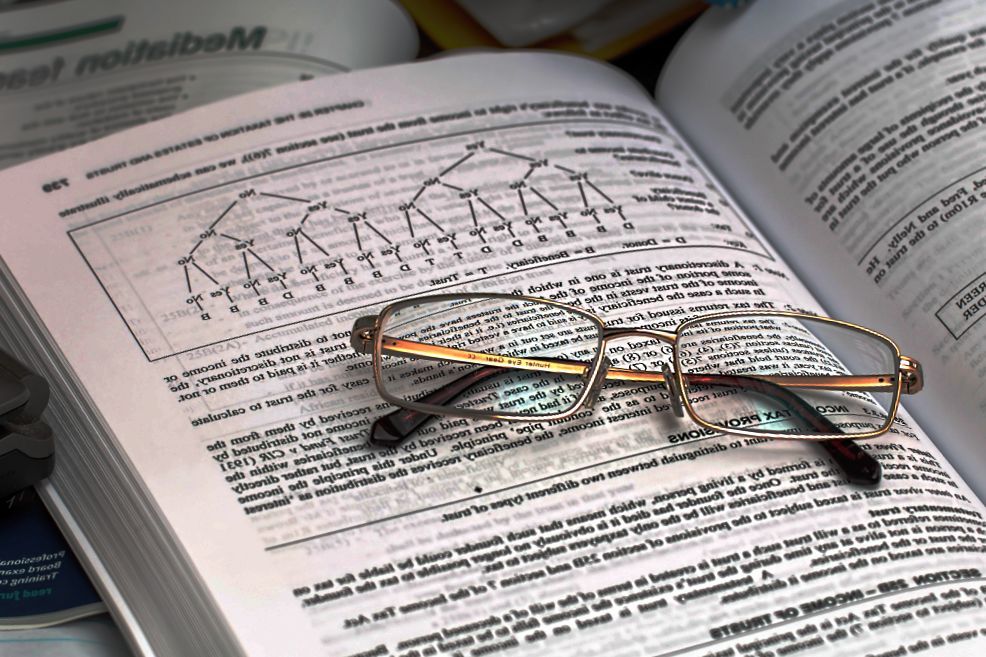- Via Panfilo Castaldi di fronte al civico 35, Milano
- 02 29407503
Pin Up Casino rəsmi saytı slot maşınlar
1 Agosto 2022Mostbet Mobil Dasturi Ilovasi Android Ios Apk Yuklash Yuklab Olish Skachat Мобильный Софт Tarjima Kinolar 2023 Media Olam, Tarjima Kinolar 2023, Uzbek Tilida Kinolar, Premyeralar 2019-2021-2022-2023, Фильмы, Сериалы, Ozbekcha Tarjima 2023, Ozbek Tilida, Uzbek Tilida, Tas-ix Фильмы, Сериалы, Игры, Клипы, Софт, 2021-yil, Музыка, Onlayn Tv, On The Internet Tv Tas-ix, Tas-ix Filmlar, Программы, O`zbekcha Tarjima, Tas-ix, Besplatno, O`zbek Tilida, Uzbek Tilida, Tas-ix 2020, 2021, 2
3 Agosto 2022Financial Derivatives Meaning, Types & Participants
Contents
Underlying price or current market price or spot price is a fundamental component for calculating the price of a derivative. The underlying price or CMP is the last transacted price of the underlying security and often mirrors the true value or market price of the underlying asset. If the price of wheat after 3 months increases from 2000 Rupees, then “A” has to suffer loss. So, “A” decides to insure the contract to minimize his loss. The insurance company will only pay “A” if the price of wheat is more than Rs.2000. If the price of wheat becomes 7000 Rupees per 100 kilograms, then insurance company will pay 5000 Rupees to “A”.
They take advantage of the price difference in a product in two different market locations. This trade takes place where the buyer purchases an asset for a cheaper price in one market/location and arranges to sell the same simultaneously in a different market/location at a higher price. As said earlier, trading in the derivatives market is very similar to trading in the cash segment of the stock markets. Select your stocks and their contracts on the basis of the amount you have in hand, the margin requirements, the price of the underlying shares, as well as the price of the contracts.
What are the 4 types of derivatives?
The four major types of derivative contracts are options, forwards, futures and swaps.
Representation of trading members shall be maximum 40% of the total members. The terms of the contract and who will be a party to it are according to the terms specified in the notification by Central Government in the Official Gazette. Instruments which are declared by Central Government to be derivatives. It is very difficult to predict when the price of an asset will go up or down.
Share this Comment:
Once a trader has a hang of the types of financial derivatives, they can make a good profit in the stock market. Traders use derivatives to explore different markets and trade different assets. The most common underlying assets for derivatives are stocks, commodities, currencies, and market indexes. First and foremost, in financial terms, a derivative is a financial contract.
- Speculative nature of the transactions causes market integrity issues.
- Transfer funds between your bank account and trading account with ease.
- Future contracts, however, overcome all these forward contract limitations.
- There are a wide variety of products available and strategies that can be constructed, which allow you to pass on your risk.
- Futures work on the same principle as options, although the underlying security is different.
OTC is the term used to refer stocks that trade via dealer network and not any centralized exchange. These are also known as unlisted stocks where the securities are traded by broker-dealers through direct negotiations. Arbitrageurs – Arbitrage is a practice often adopted by traders to exploit the price differences in two or more markets.
The Derivatives Market Explained in Less than 700 words
The trader makes profit if the price rises in case, he has a buy position and if he has a sell position, fall in price is beneficial for him. In the opposite price movement, traders have to bear losses. In the case of futures trading, a trader has to keep a certain percentage of the future value with the broker as margin to take the buy/sell position. To buy an Option Contract, buyer has to pay a premium. Had the price remained unchanged, you would have received nothing.
In context to the degree of complexity, there are three types of interest rate derivatives, each of which can be distinguished based on the extent of liquidity, tradability and complexity. Although OTC Derivatives is a good tool for corporate, it does need more education to attract investors and be used on frequent basis. Mark to market and margin requirements may change and the contract may become insignificant in the future. With well-analyzed speculation, speculators can earn a lot of profit through the use of these contracts. The direct use of foreign currency can help to reduce hedge fluctuations which can be beneficial for the trade and exchange process.

So, you can actually trade in index and stock contracts in just the same way as you would trade in shares. For example, let’s say a sum of Rs. 1.8 lakh fetches you 180 shares of ABC Ltd. in the cash market at the rate of Rs. 1,000 per share. Suppose margin trading in the derivatives market allows you to purchase shares with a margin amount of 30% of the value of your outstanding position. Then, you will be able to purchase 600 shares of the same company at the same price with your capital of Rs. 1.8 lakh, even though your total position is Rs. 6 lakh. Options are financial contracts wherein the buyer or seller has the right to but not an obligation to buy or sell a security or a financial asset.
How to trade in derivatives market:
For example, a stock’s value may rise or fall, the exchange rate of a pair of currencies may change, indices may fluctuate, commodity prices may increase or decrease. It could help you make additional profits by correctly guessing the future price, or it could act as a safety net from losses in the spot market, where the underlying assets are traded. Derivatives are a great financial instrument for experienced investors who want local businesses hiring near me to diversify and invest their surplus funds into generating good profits. Furthermore, derivative contracts are also an ideal investment method for hedgers who are extremely risk-averse. However, as derivative trading can be complex, it is wise to gain market knowledge and learn about the obligations that come with derivative trading. Swaps are derivative contracts that help two parties to exchange their financial obligations.
It is calculated based on a variation of the LIBOR formula which provides a guaranteed sum of coupons. They typically have coupon payments that are based on an inverse LIBOR calculation. Our counsellors will get in touch with you with more information about this topic. Speculative nature of the transactions causes market integrity issues.
If you want to comprehend difficult subjects in simple terms, he’s your man. Advantages of derivatives include hedging of risk, low transaction cost, etc. Swaption gives the right and not obligation to enter into underlying swap. Bermudan swaption is different from other forms of swaption, as the holder gets the right to enter into an interest rate swap at each exercise date provided it is not exercised earlier.
However, here the option buyer has the right but not the obligation to execute the contract on the expiry date. The primary purpose of derivatives is to hedge against the price movements of the underlying assets.. Derivatives have an expiry date on which the contract expires. Derivatives don’t offer actual ownership of the underlying assets at the expiration of the contract.
Options
The unpredictable nature of the market makes speculation highly risky and may result in huge losses. Each financial market is dependent upon factors that include economic, political and social factors. Any of these affecting factors is enough to cause a significant shift in the market. Hence, you must be aware of these developments and prepare for them in advance. Derivatives is a great risk management tool and if applied carefully it can produce good results and benefit to its user.

Precisely, two counterparties approve to exchange one stream of cash flows against another stream. The swap agreement describes the dates when the cash flows are to be paid and the way they are accrued and calculated. Some common derivatives include forwards, futures, options, swaps, and variations of these such as synthetic collateralized debt obligations and credit default swaps. Most derivatives are merchandized over-the-counter (off-exchange) or on an exchange such as the Chicago Mercantile Exchange, while most insurance contracts have developed into a separate industry.
If, while trading, your margin amount falls below the minimum acceptable amount, you will get a margin call to rebalance it. The most important thing to understand before you begin investing in different financial derivatives is the market itself. It is wise to thoroughly educate yourself regarding the current market conditions and the factors likely to impact them. For example, if a commodity’s exchange margin is set at 5%, the leverage is 20 times. This indicates a deposit value of INR 5; you can trade for INR 100. The trader must repay the entire amount when the contract expires.
Are Derivatives low risk?
Derivatives are used for hedging to lower risk exposure on various underliers. however, trading alone in derivatives involve risk such as market volatility, counter-party risks, interconnection risks, and the risk of liquidity.
It also offers products that protect you from a rise in the price of shares that you plan to purchase. Derivatives are highly traded financial contracts, often used forexee for speculation and hedging. Like for any investment instruments, these highly leveraged derivative products have quite a few advantages and disadvantages.
Advantages of derivatives
Traders purchase derivates as a hedge against risk exposure
They function as a price discovery mechanism like, the spot price of futures contracts are often used to determine commodity price trends
Derivatives contribute to market efficiency by eliminating arbitraging opportunities
These highly leveraged contracts allow investors to magnify portfolio exposure
In a case, where the underlying asset of the derivative is not useful to the buyer anymore, they can incur massive losses. Therefore, the risk factor here cannot be completely overlooked. There are several pros and cons to using financial derivatives. To begin with, there are several advantages An Introduction to IFC Markets or features of financial derivatives which are why derivatives are actively used in the first place. Determines the price of an underlying asset –Derivative contracts are often used to ascertain the price of an underlying asset. Derivative trading is similar to a regular buy and sells process.
